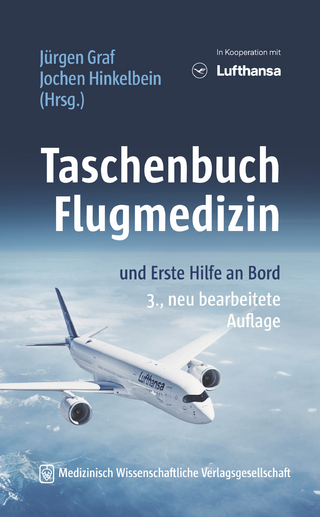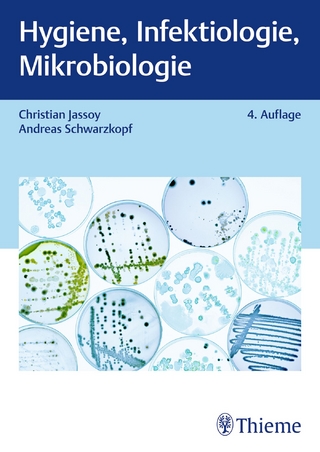
Flea Biology and Control
Springer Berlin (Verlag)
978-3-642-62604-3 (ISBN)
Insecticides of the new generation should not only fight the existing infestation (therapy) but should also effectively prevent new infestations for weeks (prophylaxis). The latest class of chemicals developed to this effect are chloronicotinyls (syn. neonicotinoides). Imidacloprid is the first member of this class of insecticides with a high selectivity towards the site of action within an insect. Applied to the skin it combats flea infestation and prevents new infestations for at least four weeks. Flea Biology and Control describes the entire development behind the compound, starting with its discovery all the way to its use in the final product.
1 Introduction.- 2 General Morphology.- 3 Taxonomy.- 4 Dissemination and Economic, Veterinary and Medical Importance.- Origin and Distribution.- Economic Importance.- Veterinary Importance.- Medical Importance.- 5 Developmental Cycle of Fleas.- Eggs.- Larvae.- Pupae.- Preemerged Adults.- Adults.- 6 Flea Epidemiology.- 7 Flea-Related Dermatitis.- Flea Bite Dermatitis.- Flea Allergy Dermatitis (FAD).- Diagnosis of FAD and Flea Bite Dermatitis.- Treatment of Flea-Related Skin Diseases.- Treatment of the Premises.- 8 Resistance.- 9 Imidacloprid.- History of Imidacloprid.- Chemical Properties of Imidacloprid.- Biological Profile, Mode of Action and Direct Insecticidal Activity.- Indirect Insecticidal Effects.- Resistance of Sucking Pests Against Imidacloprid.- Toxicology and Pharmacology of Imidacloprid.- Imidacloprid as a Veterinary Product for Flea Control.- References.
| Erscheint lt. Verlag | 23.8.2014 |
|---|---|
| Zusatzinfo | XIII, 192 p. 8 illus. |
| Verlagsort | Berlin |
| Sprache | englisch |
| Maße | 155 x 235 mm |
| Gewicht | 329 g |
| Themenwelt | Medizin / Pharmazie ► Medizinische Fachgebiete ► Mikrobiologie / Infektologie / Reisemedizin |
| Naturwissenschaften ► Biologie ► Zoologie | |
| Veterinärmedizin | |
| Schlagworte | Biology • Cat flea • chloronicotinyl • Ctenocephalides felis • Diagnosis • Entomology • flea biology • imidacloprid • insect • MIC • Morphology • Neonicotinoide • therapy |
| ISBN-10 | 3-642-62604-1 / 3642626041 |
| ISBN-13 | 978-3-642-62604-3 / 9783642626043 |
| Zustand | Neuware |
| Haben Sie eine Frage zum Produkt? |
aus dem Bereich


